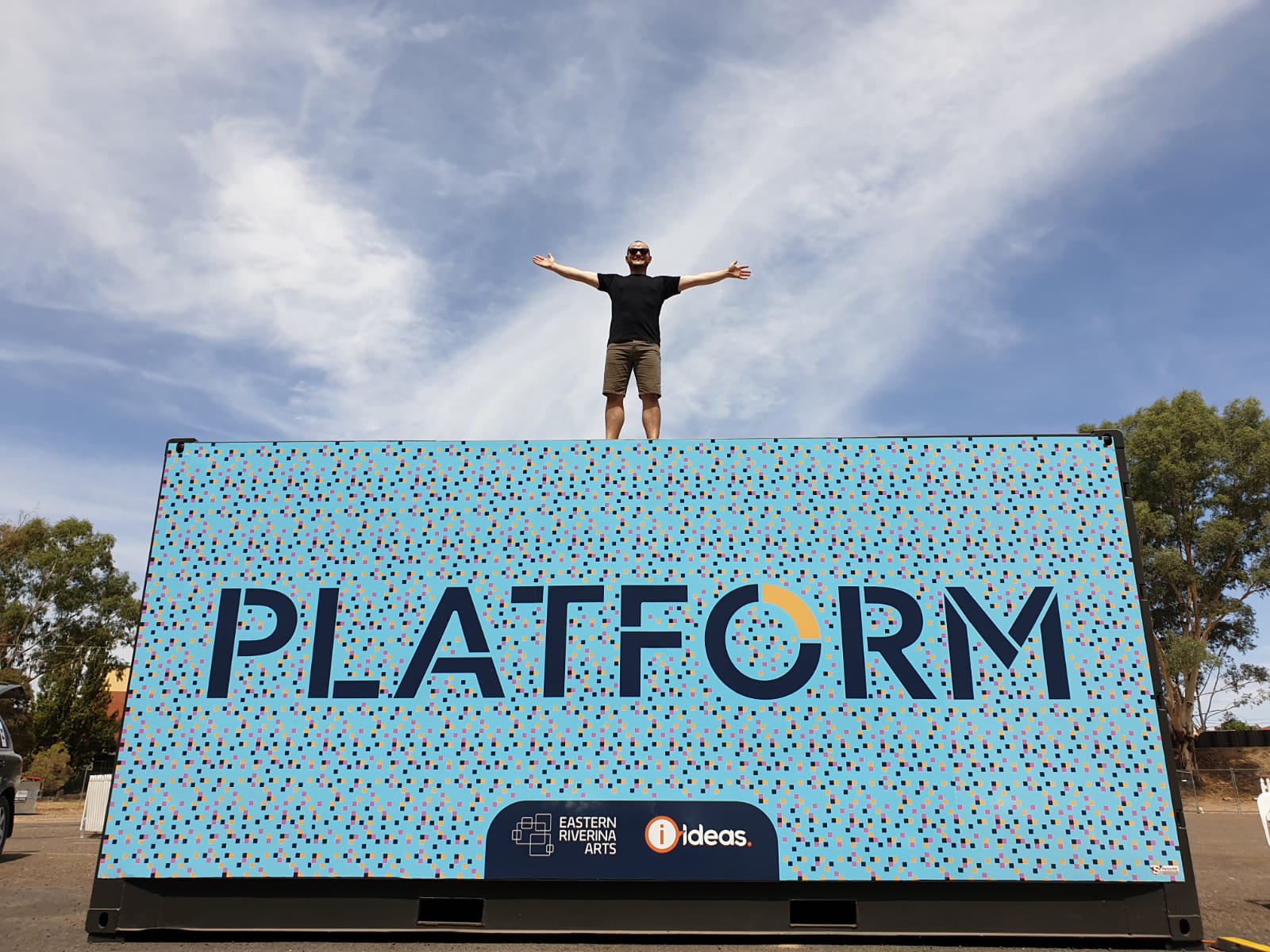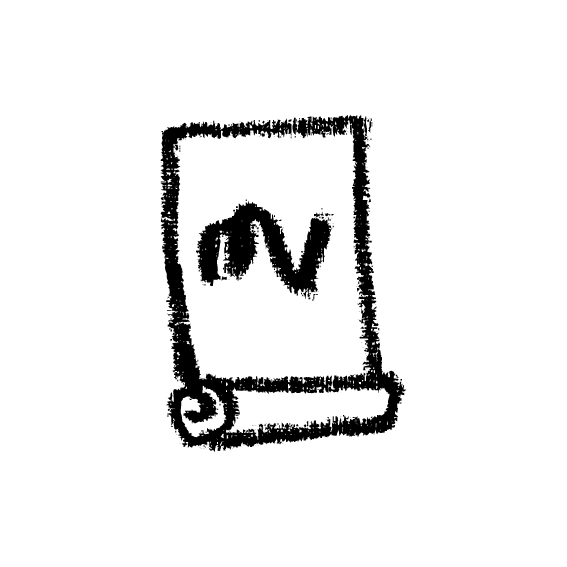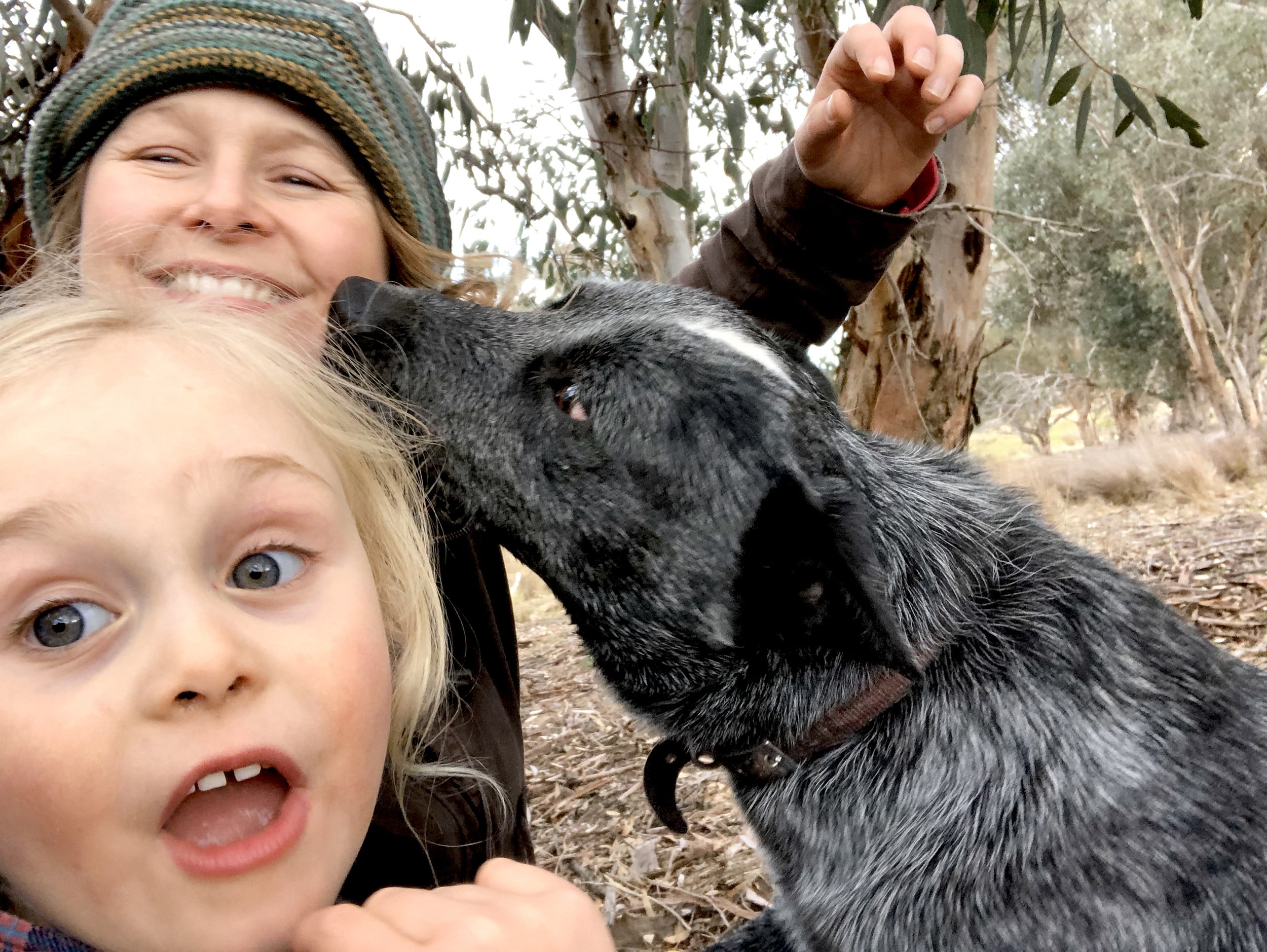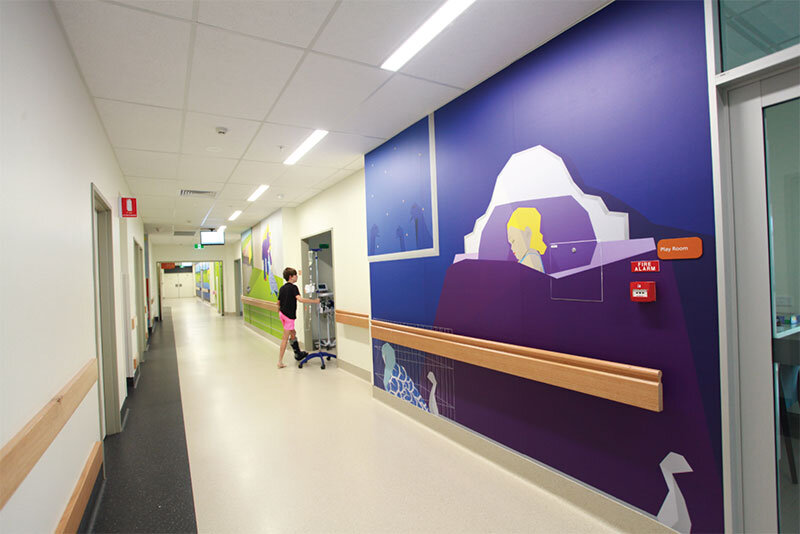We amplify regional Australian voices through design thinking, transforming challenges into distinctive visual solutions.

About us
Whether designing arts experiences for public spaces, or developing visual identities, we apply core values of observation, patience and ecological thinking.
We believe that the most transformative design solutions come to life when we honour the relationship between people, place, and purpose.

Case Studies
Services
Branding
Envirographics

Insights and Perspectives
Thoughtful explorations from our creative practice.
Discover how our connection to the natural world bridges environmental understanding with business outcomes to create lasting impact.
Testimonials
-

A rare find!
“It is rare to find someone who can seamlessly blend creativity, professionalism, and approachability like Rach Viski from Minta Viski. Rach is a true design genius and working with her on our 2024 Theatre Season collateral has been an absolute joy.
From the start, the process was clear, friendly, and exceptionally organised. She took our excited (and sometimes outlandish) ideas and turned them into a cohesive and striking visual identity for the year.”
- Tracey Simond, Marketing & Education Officer, Wagga Civic Theatre
-

Do your business or community group a favour
There are some famous Rachel's in the world - Rachel from Friends, Rachel Hunter, Rachel Griffiths.....allow me to draw your eye to 2 more.....
As a new business owner, I have engaged Rachel Anderson from Assembld and Rachel Viski from Minta Viski to help me with soooo many projects!!!
From a brand refresh, to copywriting, to newsletters, to amazing ideas, to website design, to hand drawn images to bring my business to life and connect with my community - this dynamic duo has it all under control. To be honest, they've probably done other things to help me that I'm not even aware of!

















Every person who encounters this 22 metre-long corridor artwork in Griffith Base Hospital brings their own lens, their own story, their own way of interpreting the world around them. That's the beauty of co-creating art for healthcare settings where so many different lives intersect.